Samuel Fosso: TATI
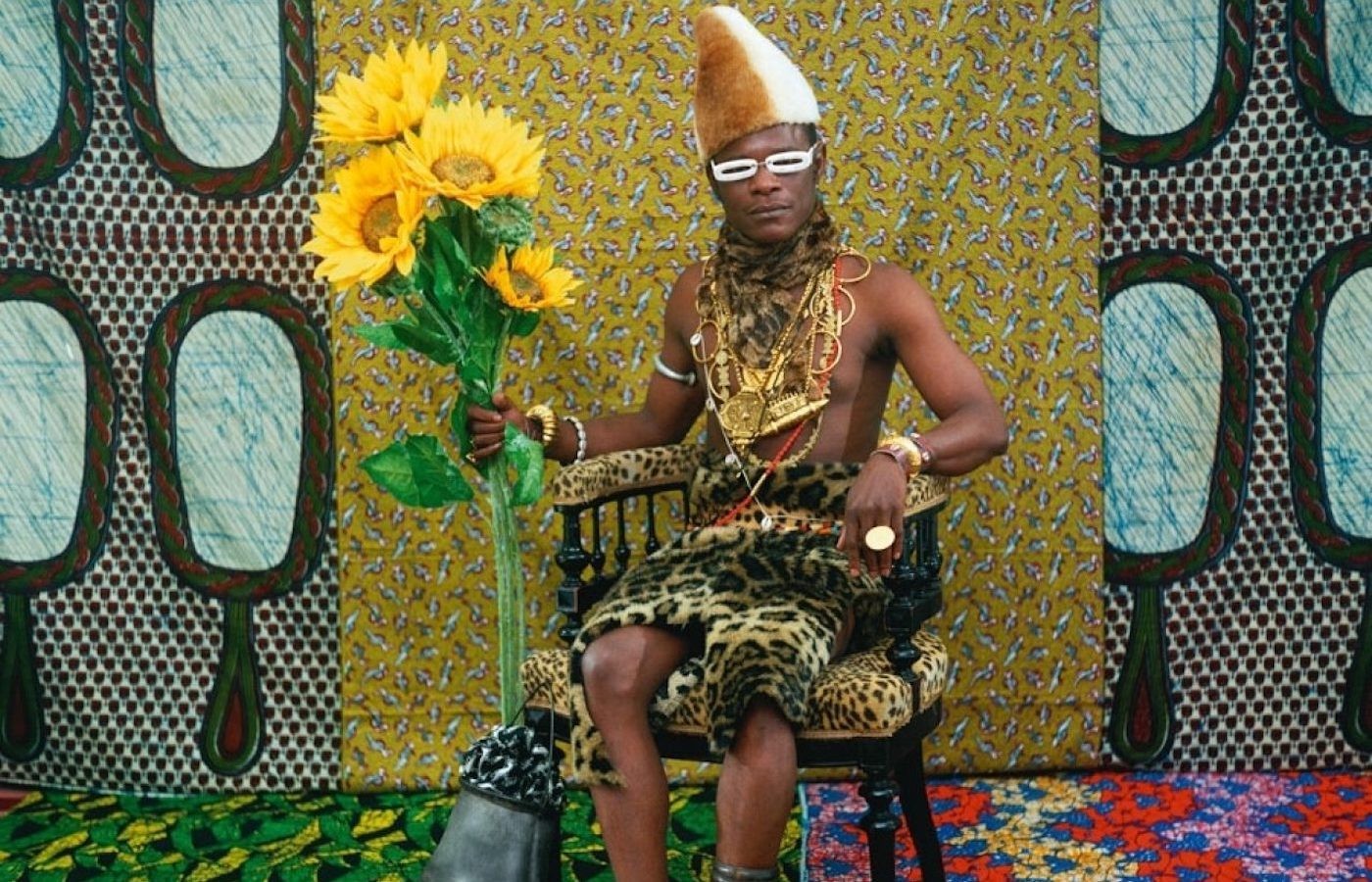
Samuel Fosso: TATI
Samuel Fosso, star of contemporary African photography recognized by institutions around the world, and Jean-Marc Patras, his historical agent, choose the young CHRISTOPHE PERSON gallery to represent him. If the iconic images of the artist, virtuoso of the self-portrait, are very present in museums - the MEP dedicated an exhibition to him a year ago - they are rare on the market. To inaugurate this collaboration, the CHRISTOPHE PERSON gallery will exhibit the complete TATI series, produced in 1997 for the 50th anniversary of the famous Barbès store. In this emblematic series, the artist creates archetypal characters from the Western imagination: the rocker, the bourgeoise, the lifeguard, the businessman, the pirate, and also the leader who sold Africa to the colonists, dressed in animal skins on a colored wax background. It was at the age of 13 that Samuel Fosso, born in 1962 in Cameroon, survivor of the civil war in Nigeria, began his photographic career. In the photo studio he opened in Bangui (Central African Republic), an advertisement proclaimed: With Studio Photo Nationale, you will be beautiful, chic, delicate and easy to recognize. During the day, he responds to orders from clients who have come for official photographs, group portraits or even to immortalize life events. When night falls, he stages himself and captures his body to finish the dandruff started during the day. In 1994, Samuel Fosso presented his work at the Rencontres de Bamako, and won first prize. In 1997, for the 50th anniversary of the French brand Tati, he created an eponymous series, emblematic of his work. Other series will follow at the rate of one approximately every 4 years: Memoir of a Friend (2000), My Grandfather's Dream (2004), African Spirits (2008), Emperor of Africa (2013), Sixsixsix (2015), Black Pope (2017), Fosso Fashion (2021). Samuel Fosso was a true pioneer in portraiture. He initiated the genre, nearly 50 years before it became the preferred mode of expression for contemporary African artists, now acclaimed by collectors. Samuel Fosso's self-portraits are present in the collections of the greatest museums in the world: the Tate Modern, the MoMA, the Georges Pompidou center, the Musée du Quai Branly- Jacques Chirac. Never presented in galleries or at fairs up to now, it was not very accessible to private collectors TATI, a historical series The emblematic Tati series, made to order in 1997 for the 50th anniversary of the famous Barbès store, is historic in more ways than one. Samuel Fosso, was invited by the brand, with Seydou Keïta and Malick Sidibé, to recreate a photo studio in the store and to shoot the portrait of passers-by in black and white as in African studios. Samuel Fosso refused the initial project and transcended the order, making 10 color self-portraits with clothes and accessories from the store. From the bourgeoise to the rocker, passing through the pirate, the golfer, the business man, Samuel Fosso interprets archetypal characters by going beyond all the borders and fantasies that revolve around these figures. Frenzy of colors, extravagant clothes, Samuel Fosso uses his image and disguise to play with Western clichés or even politics. Because beyond this joyful and colorful masquerade, there emerges a displayed political dimension. One of the most ambivalent images is undoubtedly The Chief (the one who sold Africa to the colonists). It depicts a dignitary dressed in unconventional ceremonial clothes, posing as the representative of a decadent monarchy. The grotesque is played out down to the details : the red shoes that the traditional chief cannot put on, the rocker who wears a lucky charm out of superstition, the pirate's hook symbolized by a coat hanger. Double reading than that of the pirate who attacks the boats of the slave trade, throwing them into the sea. The business man symbolizes the emancipation of the man who, thanks to his mobile phone, does business even in the depths of the bush. The golfer, symbol of the Western world par excellence, is not taken seriously in the middle of these flowerpots, while The little Japanese sailor seems to be waiting for the bombs of Pearl Harbour. The most iconic image in the series is undoubtedly The Liberated American Woman of the 70s, a symbol of the female contribution to the civil rights movement in the United States. Dressed in a brightly colored patchwork costume blending seamlessly with the Tati fabric-covered floor, the woman stares at the onlookers, both affable and provocative. The transgression is at its height with La Bourgeoise, femme fatale, wearing fur, an attribute of social success. christopheperson.com
View more from
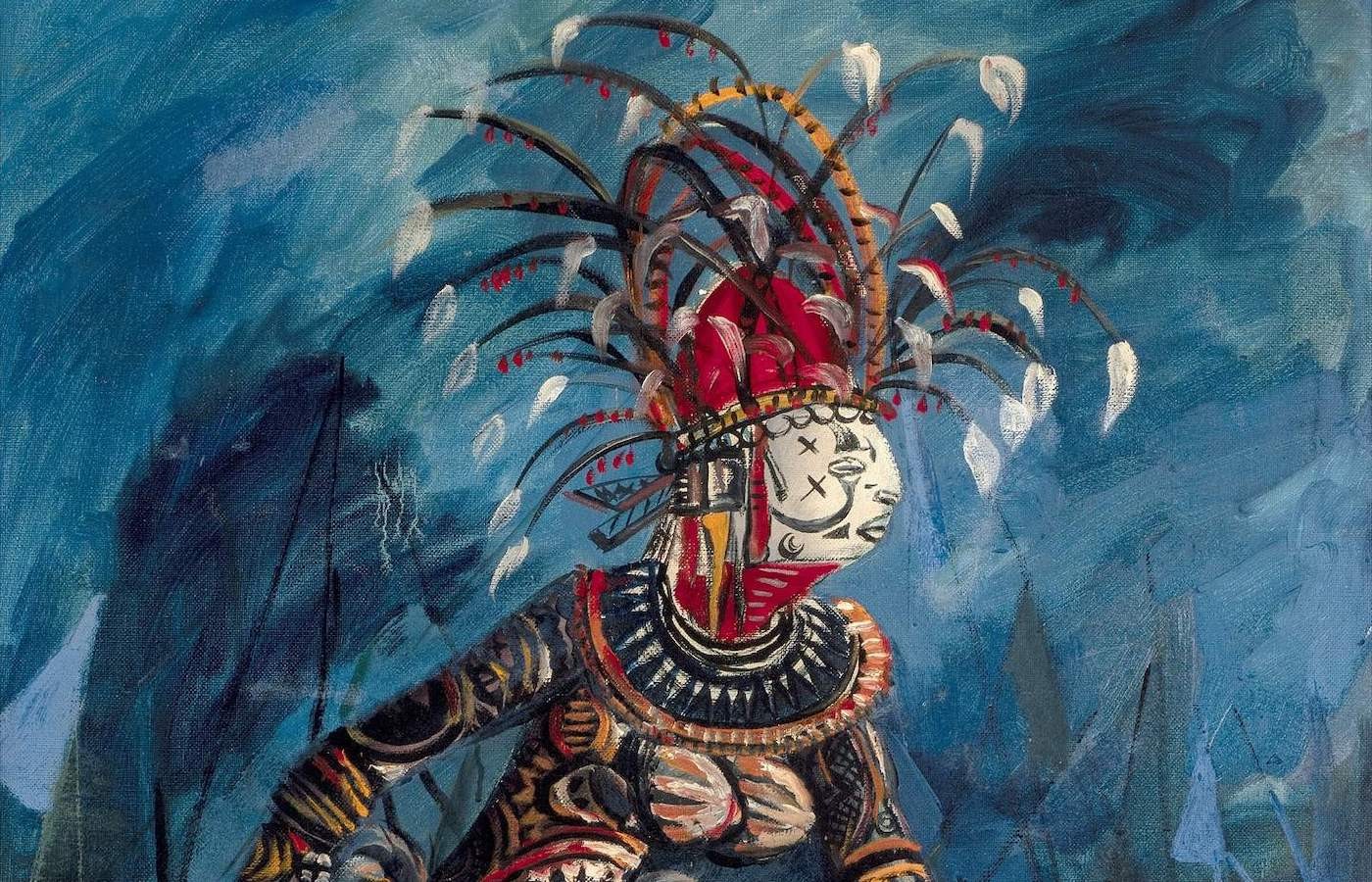
Nigerian Modernism – Group Show
Oct 8, 2025–May 10, 2026
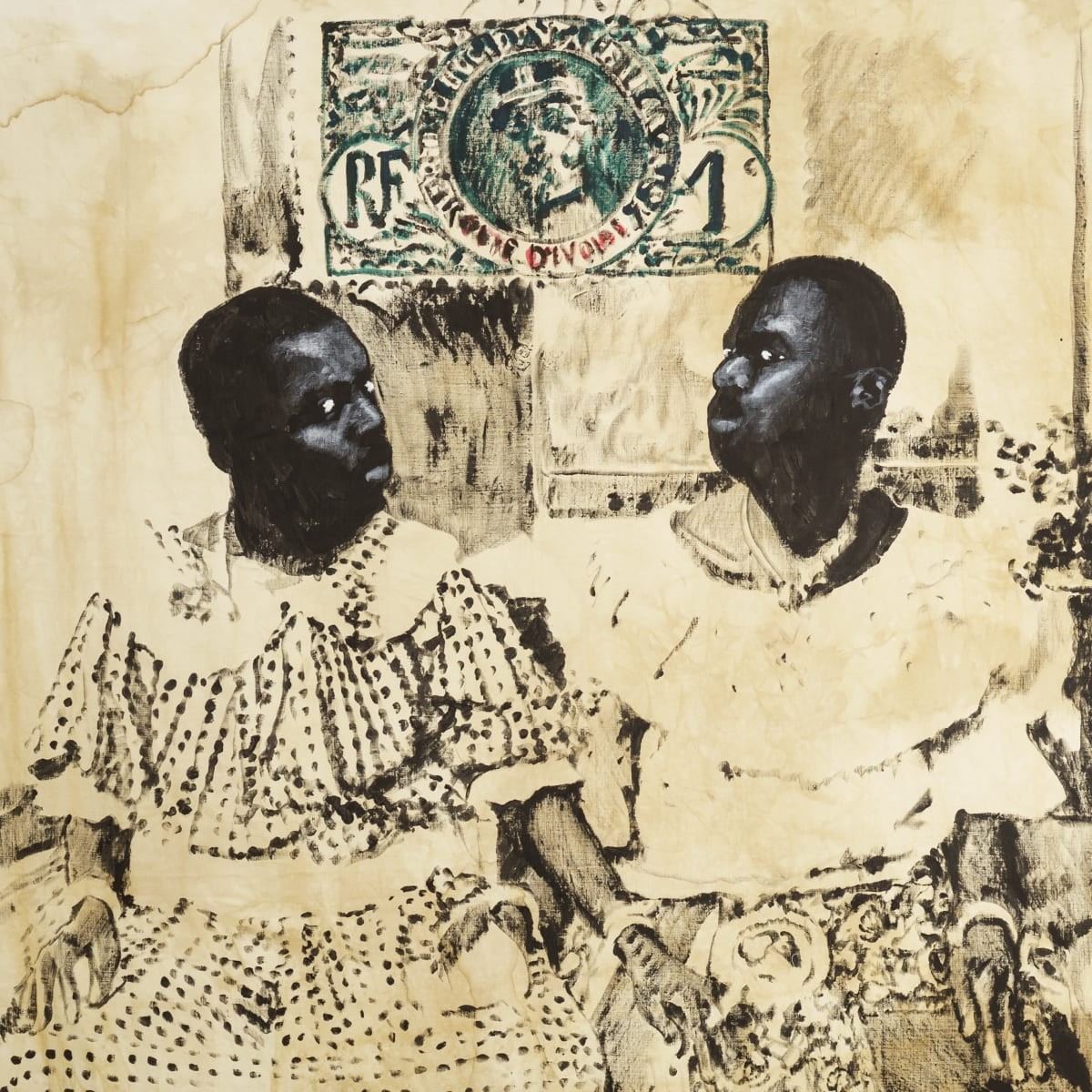
Roméo Mivekannin: Correspondances
Oct 2, 2025–Mar 21, 2026
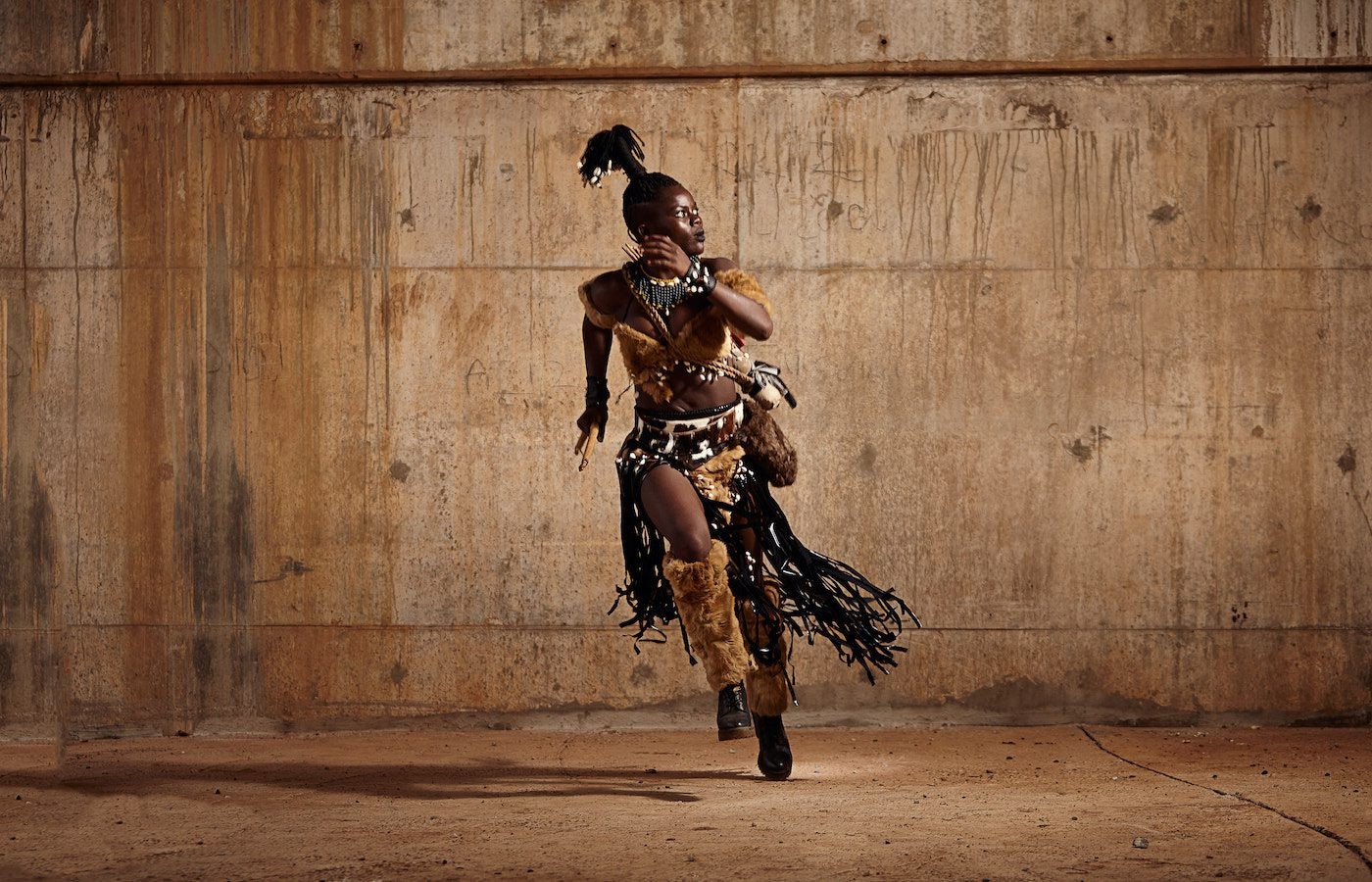
The Writing’s on the Wall (TWTW)
Sep 13, 2025–Mar 14, 2026
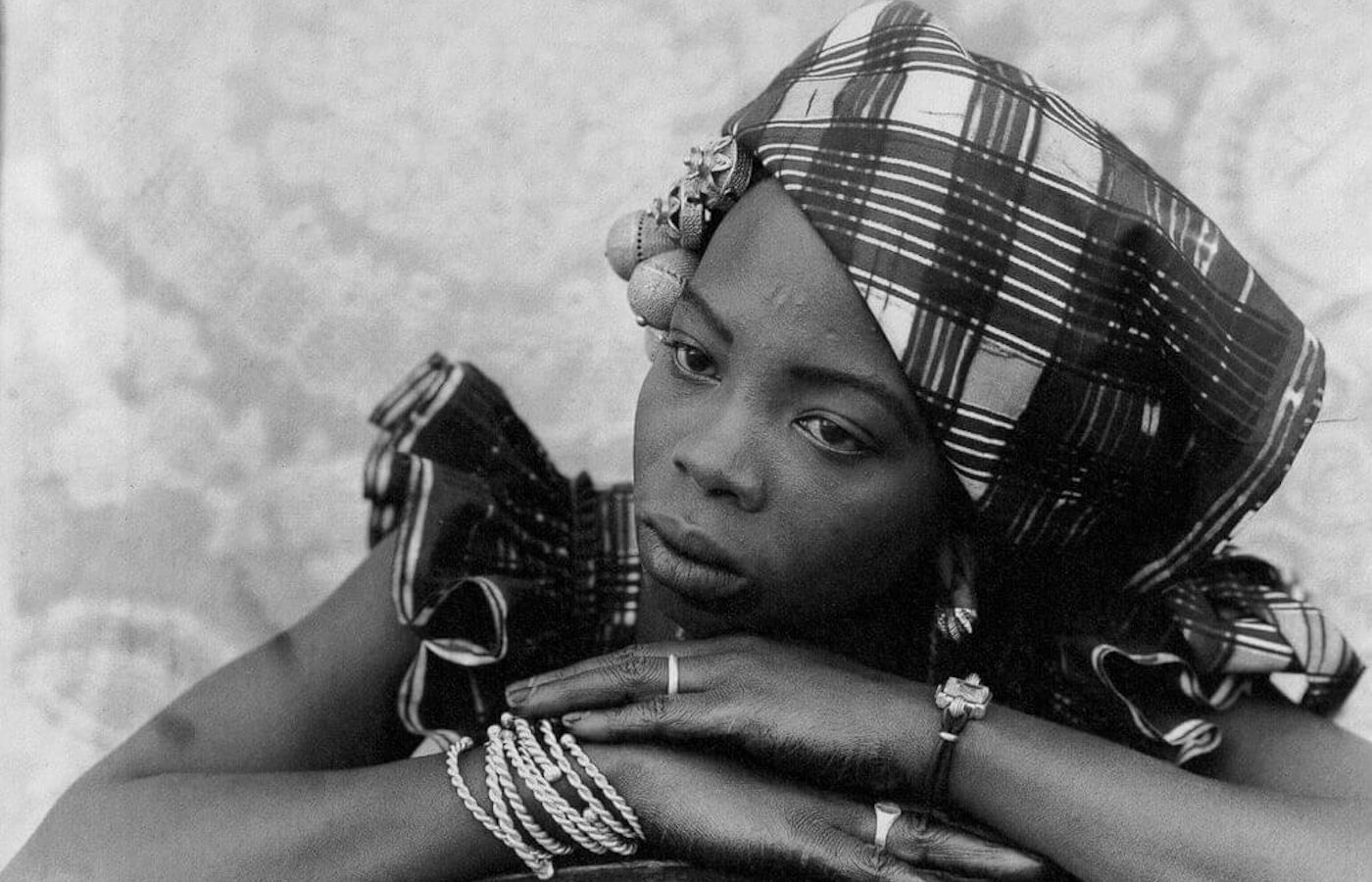
Seydou Keïta: A Tactile Lens
Oct 10, 2025–Mar 8, 2026
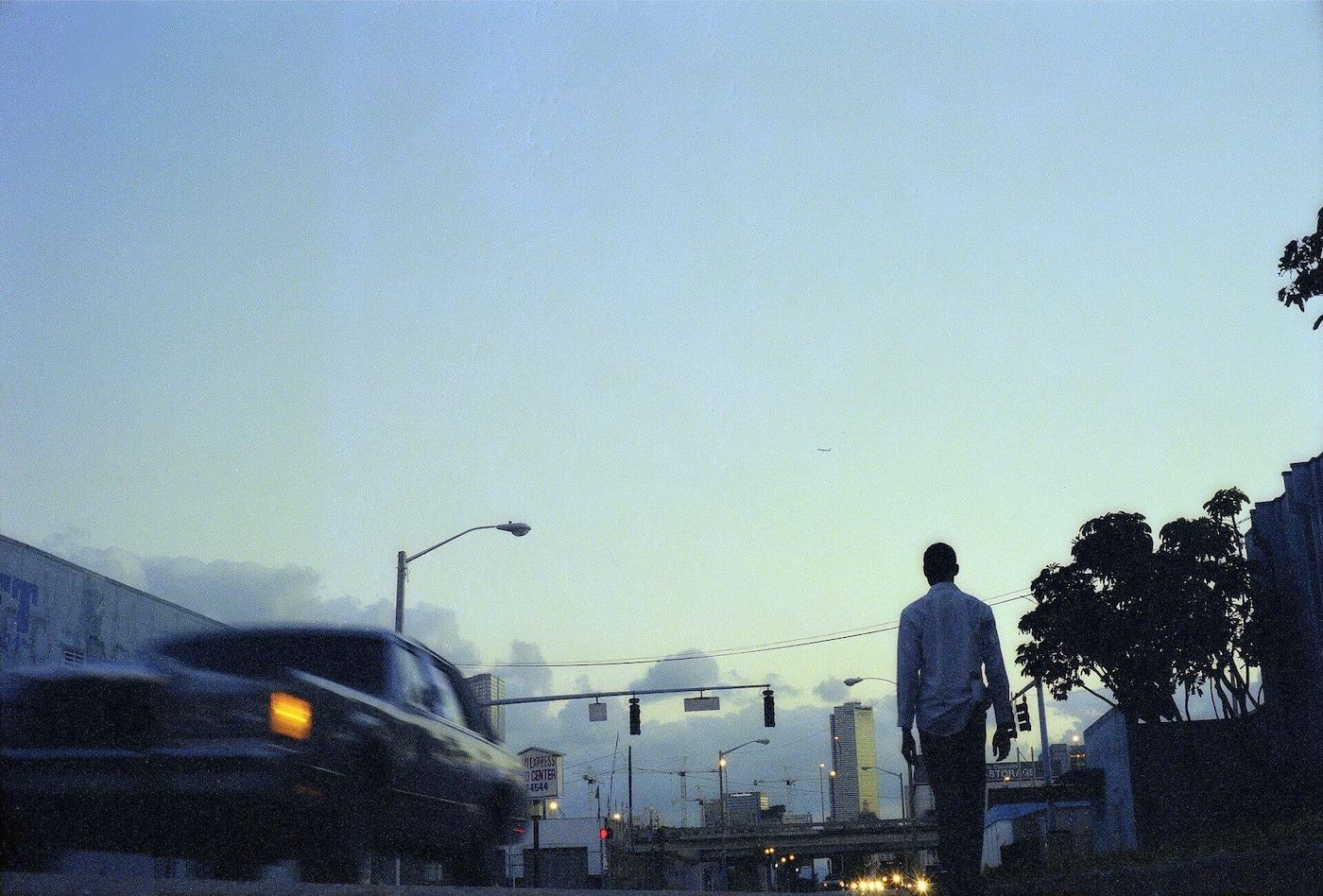
ECHO DELAY REVERB: American Art and Francophone Thought – Group Show
Oct 22, 2025–Feb 15, 2026
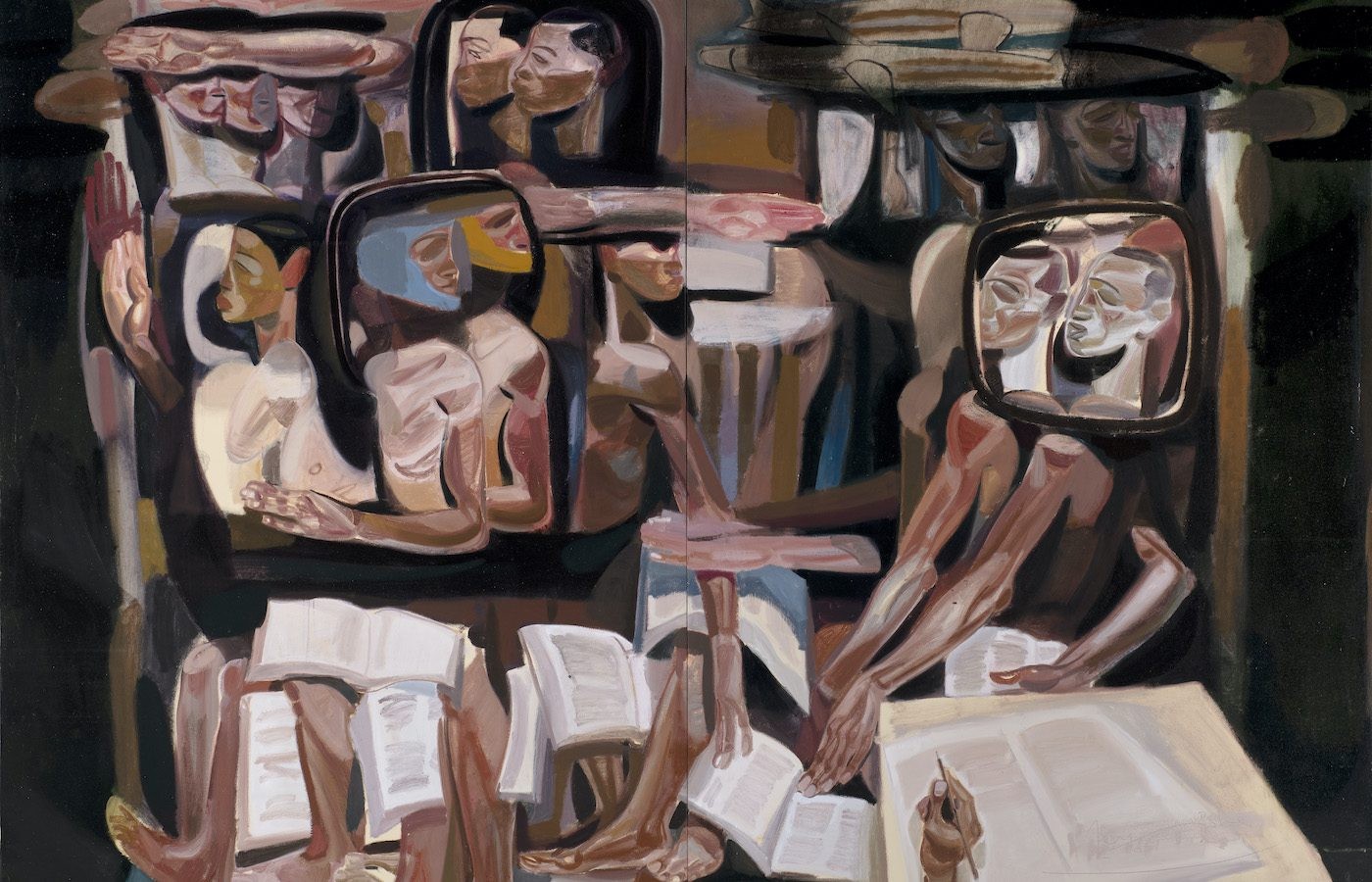
Tesfaye Urgessa: Roots of Resilience
Sep 20, 2025–Feb 15, 2026